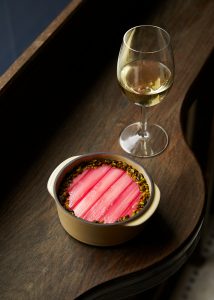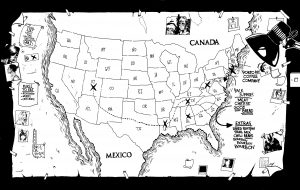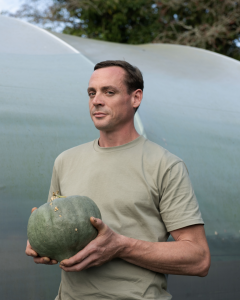We went to Iceland to see how they’ve turned geographical ‘disadvantages’ into flavour innovation in vodka production, using the local environment to its full advantage
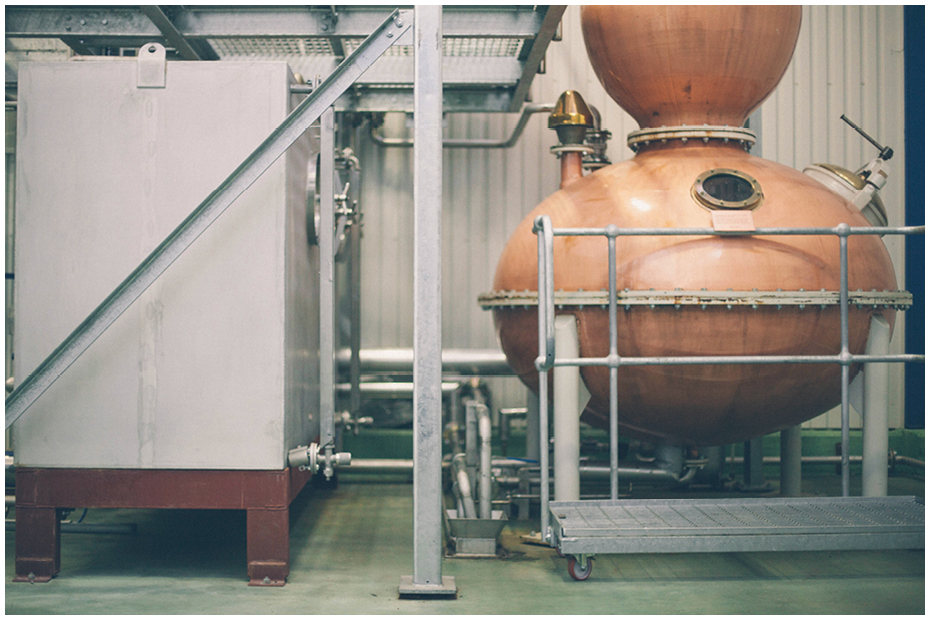
Iceland – famous for its trolls and Sagas, as much as its brutal, compelling landscape – is probably not the first place you’d think of as a centre for vodka innovation. It brags geological wanderlust, with volcanoes and sulphuric geysers in abundance, but is far from arborous. It also has a pesky, potted history of prohibition: banned from 1915, and not fully lifted until 1989, when beer was finally legalised. It seems unlikely then that Iceland would be the setting for a unique revolution in vodka distillation, a ‘spiritual’ revolution if you will, happening in this place alone.
But it is.
100 km from Reykjavík, in a relatively anonymous factory plant in the little town of Borganes, Reyka’s vodka is being distilled and filtered through lava rock in a beautiful, bespoke copper Carter-Head still. One of only six in the world, and modelled after Hendrick’s Gin’s Carter-Head still of the very same design, Reyka’s is the only still of its kind to be used in the production of vodka.
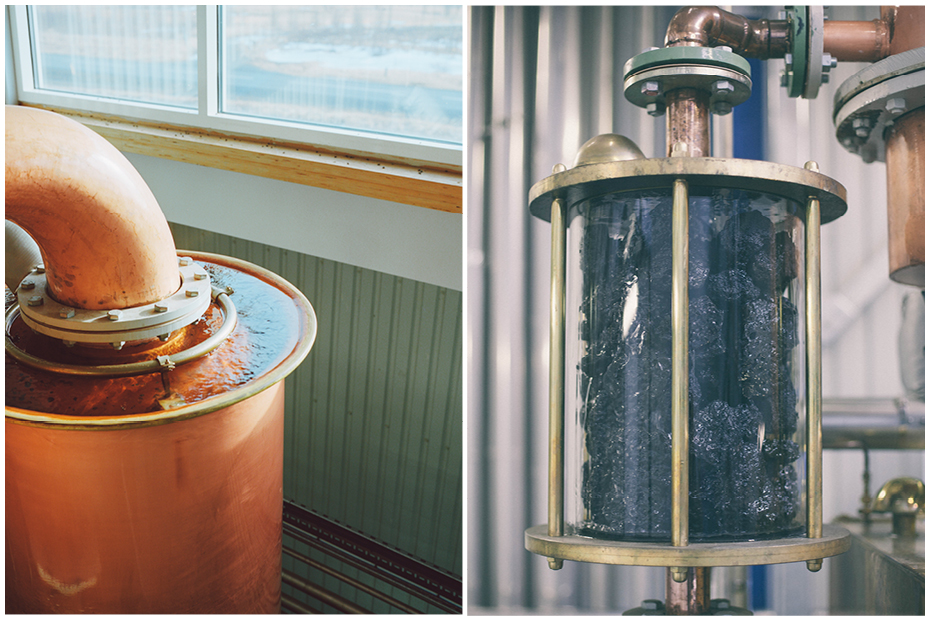
The Carter-Head still design itself has its origins in the 19th century when it was first designed and built by the Carter brothers for the production of gin. The stills were still being manufactured up until the 1960s, but gradually went out of use until a revival in the 90s. Now, there are only half a dozen in use in the industry.
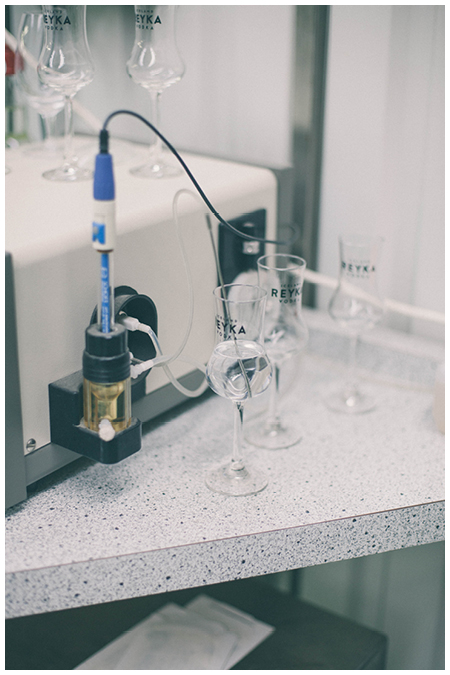
Taking its name partly from the perforated copper basket which sits atop a colossal 23ft copper column, when used in gin production it is where the major botanicals are placed during distillation. In the case of Reyka’s vodka, they’ve replaced them with lava rock. “It’s basically like a sponge”, Distillery Manager Magnus Göransson explains. The spirit passes through the porous rock, which acts as a natural filtration system, before being passed through a second lava chamber, which removes any remaining imperfections. “Solely putting it through lava is not enough to give it that flavour you get by putting the vapours through; it changes the solution. It shapes and softens it”.
“Air can easily pollute the spirit. Here in Borganes, there is no real industrial business, so the pollution is limited”
The resulting vodka is exceptionally clean tasting, free of minerals and tarnishes. It’s also one of the most ecologically viable methods of vodka distillation, as it harnesses fresh water, which registers amongst the lowest natural minerality levels and the fewest imperfections of water anywhere in the world – “they had to recalibrate their machines when they were testing it” – and geo-thermal heat from the nearby Grábrók springs. “Obviously, it’s a very important part of making good vodka, having good water and clean air. Air can easily pollute the spirit. Here in Borganes, there is no real industrial business, so the pollution is limited.” The water from Grábrók is so good, it’s used in raw, untreated form throughout the distillation process.
Additionally, an engineering feat, the 3,000-litre copper still is one of the most effective distillation methods in practice: after tails are discarded, around 2,800 litres of vodka is bottled from a starting distillation batch of approximately 2,940 litres. Even the lava rocks are put back once they are due to be replaced (around every 50 distillations).
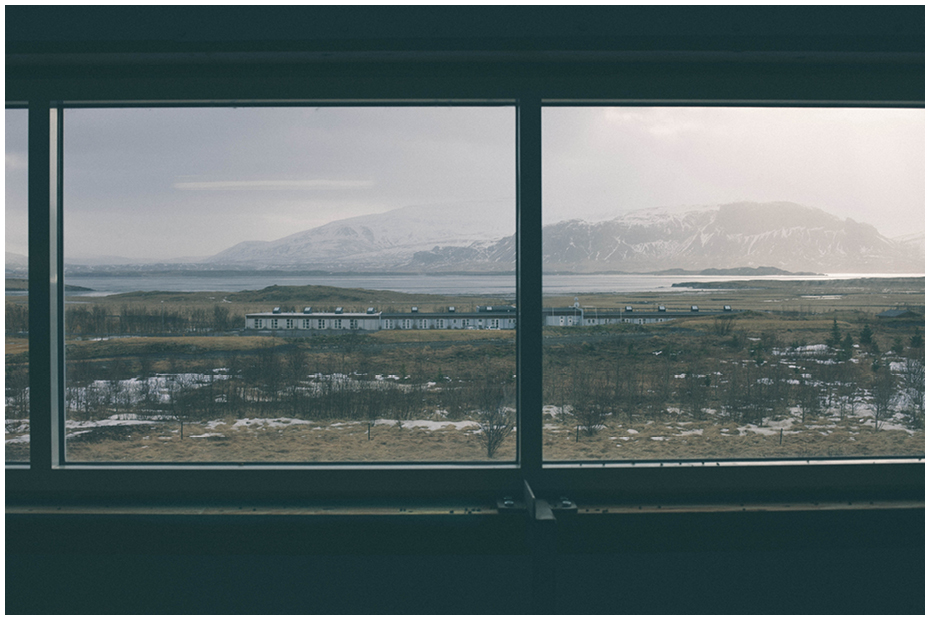
Words Betty Wood
Photography Jasper Fry

